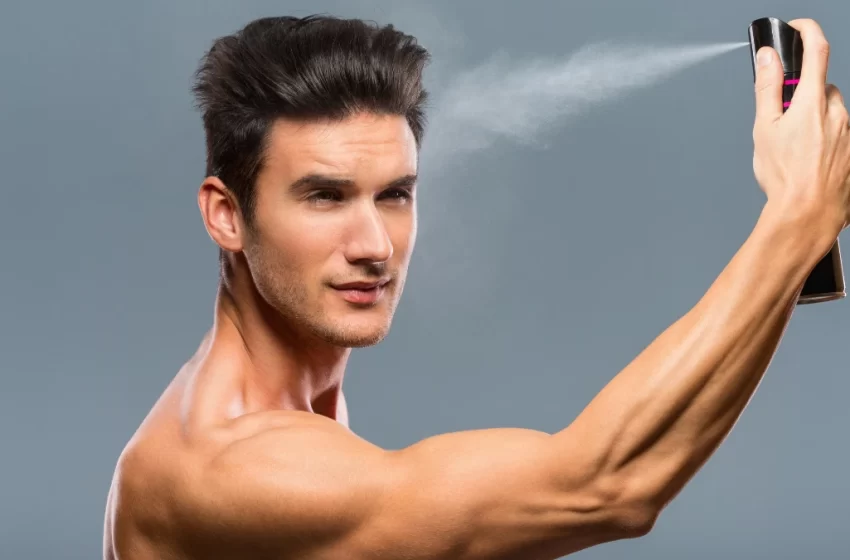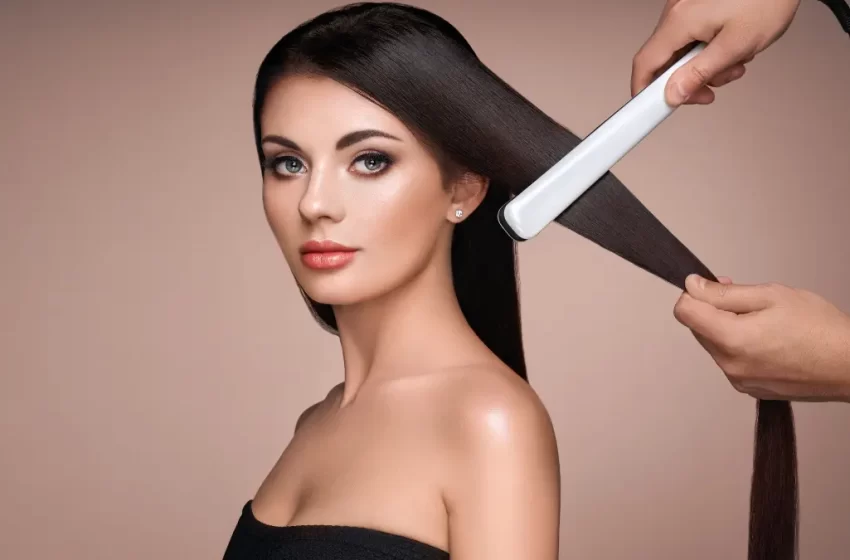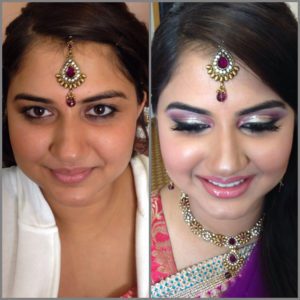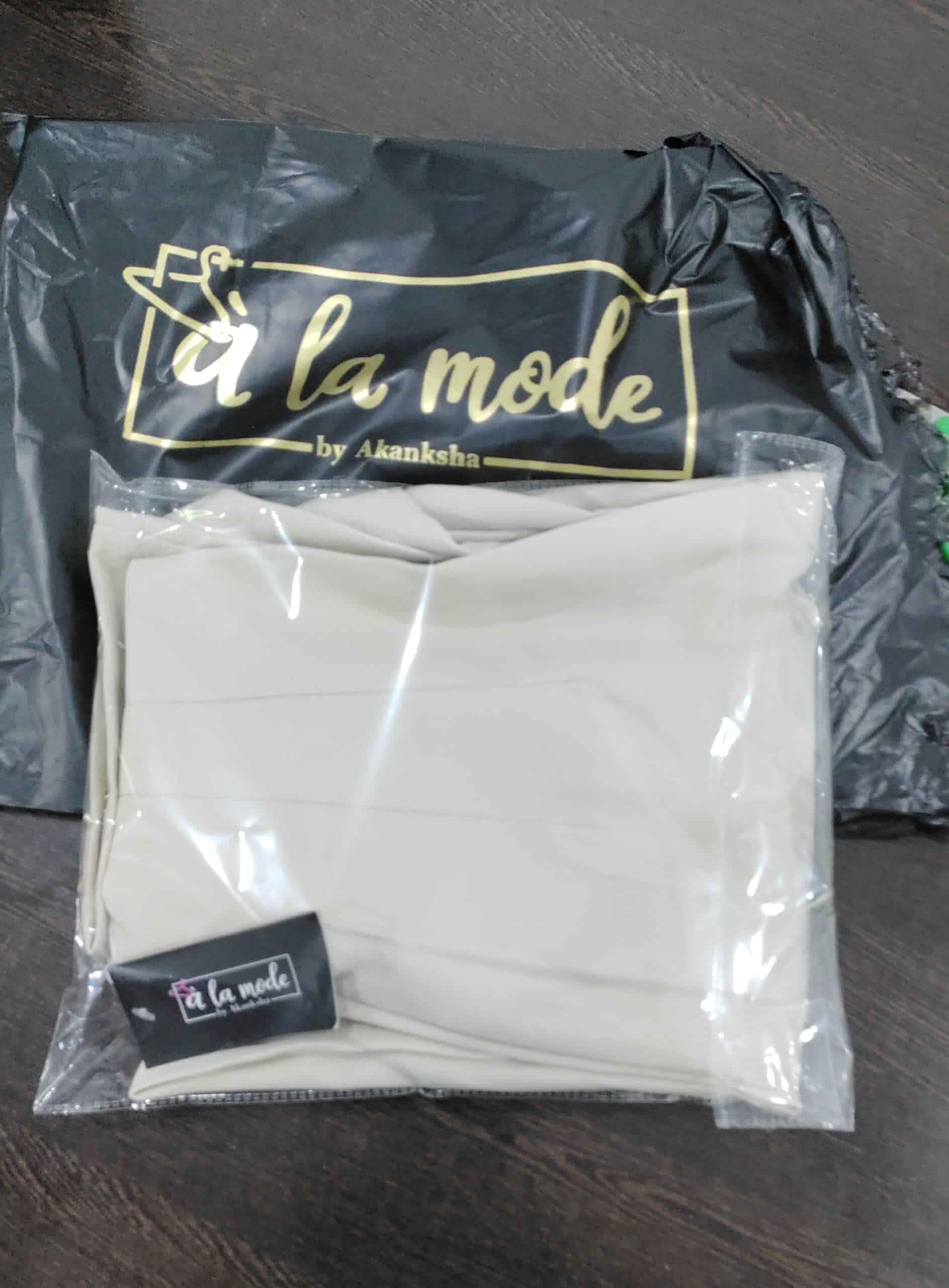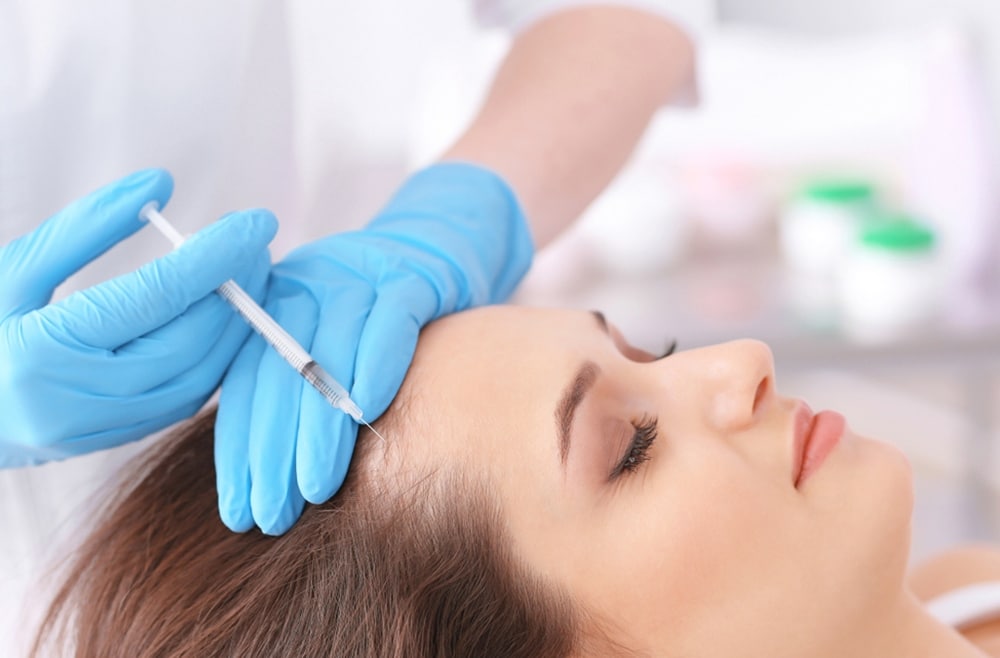
Studies have shown that the level of confidence of a person lies in the way a person looks – thankfully, with the progress in modern medicine, there are now methods to tackle all kinds of problems that could ail the human body, including those which could be considered cosmetic. If you too are facing hair loss and if it is still in the initial stages, you might want to meet a hair specialist (PRP or Topical Minoxidil 5%) – they would suggest something less invasive first, such as PRP for hair, laser combs, or topical treatments such as minoxidil.
In the past few years, there has been a lot of talk about the efficacy of PRP versus Minoxidil for hair loss that has just started or still is in a nascent stage. It would be tough to outright say that one treatment protocol is better than the other because each has its own set of pros and cons – before choosing any of the two (PRP or Topical Minoxidil 5%), it would be wise to meet with an expert, understand the reason for your hair loss, the extent of the same, understand the benefits and disadvantages of both and then finalize one.
Table of Contents
Which is better PRP or Topical Minoxidil 5%?
Let’s start with Minoxidil:
Minoxidil was first introduced in the 1970s as a medication for hypertension, but during its usage, it was noticed that it was also leading to excessive hair growth. This led doctors and scientists to consider the usability of the same medication for hair regrowth, and eventually, in the 1980s, the first version of Minoxidil was introduced and it became a popular method of treating several types of hair loss.
However, there were problems with Minoxidil – there were side effects and while most were mild, there were some recorded cases of really serious symptoms. The common side effects of Minoxidil include rashes, irritation on the skin, itching, slight redness on the scalp and forehead, nausea, and feeling slightly dizzy. There also tends to be some amount of hair loss immediately after the first few applications, but these are all issues that tend to resolve on their own in a matter of days. But as mentioned before, there were reports of some more severe symptoms, which included shortness of breath, tightness in the chest, loss of libido, and even erectile dysfunctions.
The method of application is generally quite simple – as it comes in the form of an ointment or foam, you simply apply it to your scalp, and with regular usage, you should be able to see the effects.
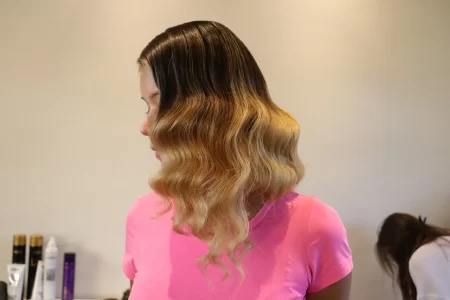
Moving onto PRP:
PRP or platelet-rich plasma therapy has been around for a long time, but its usage in hair regrowth has been fairly recent – for the longest time, this was a method that was used to treat several sports-related injuries and the healing power of the body would be used to help recuperate the injured body. Today, the same method is being used successfully to increase natural hair growth and allow the scalp and hair follicles to rejuvenate and replenish.
If you have started to face hair loss recently and are seeing a receding hairline, then PRP for hair could be a good idea – the procedure is minimally invasive and is known to show good results when done properly. A vial of blood is first extracted from your body and the blood is placed in a centrifuge. Through the action of the centrifuge, the components of blood are separated – the platelets are harvested and then pumped up with a growth serum. This platelet-rich plasma is then injected into pre-determined places on the scalp; over repeated sessions, this PRP is able to stimulate the cells in the scalp, and that in turn increases natural hair growth.
One of the reasons why PRP has gained so much popularity is because of the fact that since the procedure is being done with your own blood, the chances of any allergic reactions or infections are minimal. Moreover, the blood of our body is equipped to heal it naturally, which is the fundamental theory behind this procedure. however, PRP for hair is also not without its own set of possible side effects – for instance, there could be swelling and itching on the injection sites. If the injections are not administered properly, they could cause pain and much discomfort along with bleeding.
Which is better? PRP or Topical Minoxidil:
If one were to list the pros and cons of both PRP or Topical Minoxidil, it would look something like this:
- There is a higher level of convenience when it comes to Minoxidil – you can apply it at home, at a time that is convenient to you. But for PRP, you need to head to a proper clinic and ensure that your procedure is being done by trained hands.
- On paper, PRP might seem more expensive and the sessions can cost you a fair bit, but when you compare it to the constant expenditure of having to buy Minoxidil regularly, this might seem like the more viable option.
- If PRP has been done right, the effects should last really long, but the effects of Minoxidil do tend to stop when you stop the usage.
- The side effects of PRP are minimal and extremely rare, but the common side effects of Minoxidil are known to present in some form, for almost everyone.
Overall, it would seem that PRP would be the better option, however, it would make sense to talk to a professional, before choosing either!


